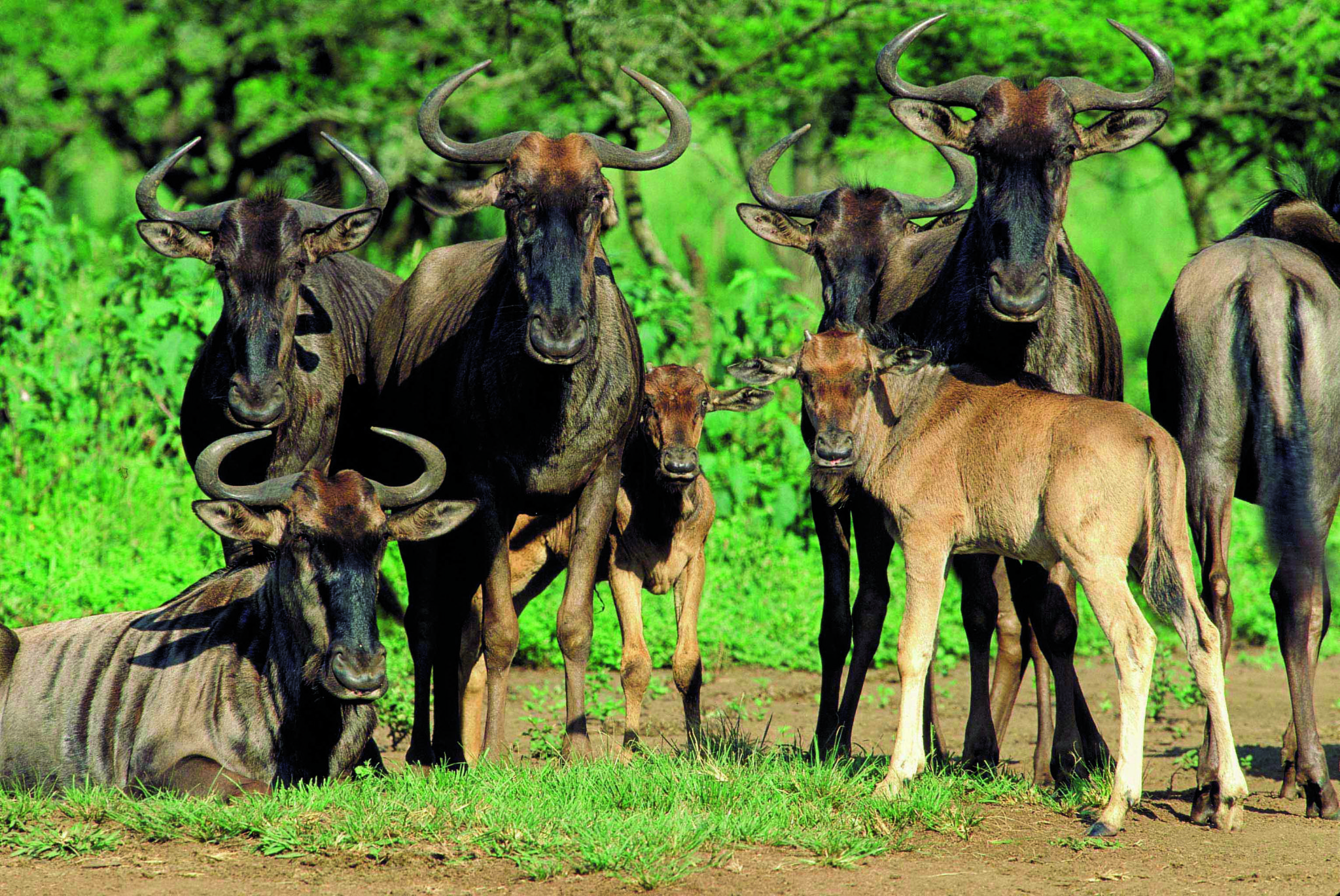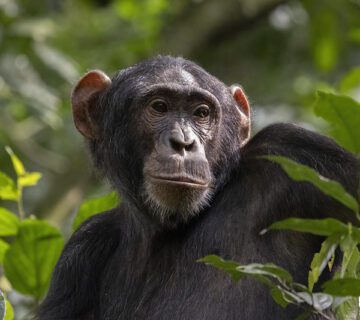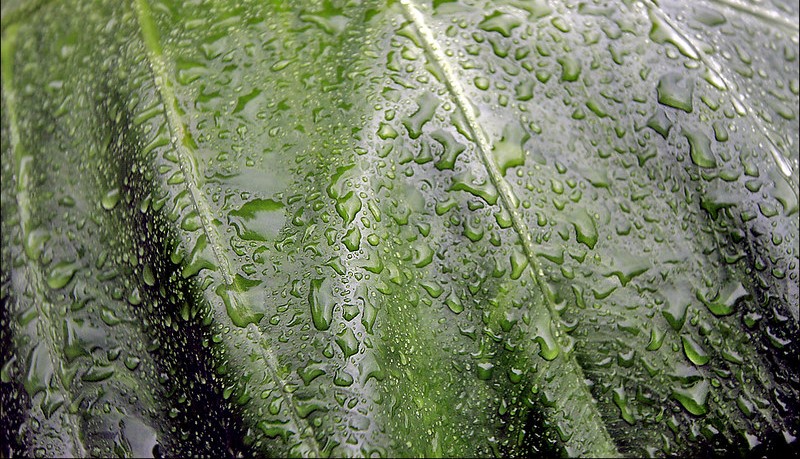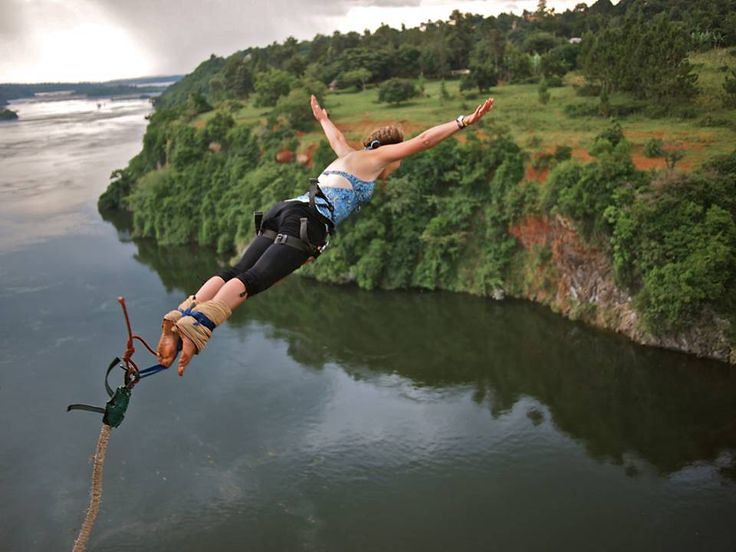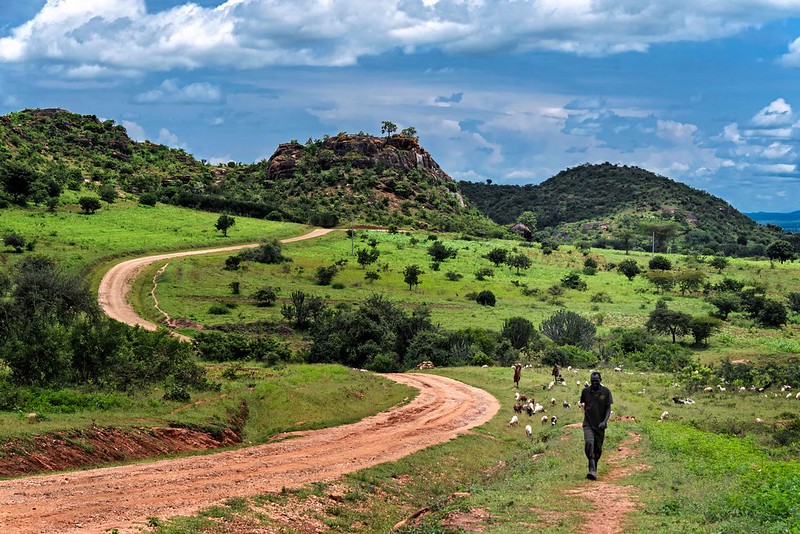Great Wildebeest Migration, Tanzania migration safari, Kenya safari experience, Serengeti migration safaris, Tanzania adventure safaris
Here’s something you may already know: Millions of wildebeest, zebra, and antelope migrate through the Serengeti-Masai Mara environment in search of new pastures during the Great Wildebeest Migration. The creatures travel enormous distances and seldom stay in one spot for very long. En route, all of nature’s monumental events take place, including rutting, mating, and calving.
The main majority of the Migration takes place in Tanzania’s Serengeti, and the little time it spends in Kenya’s Masai Mara coincides with peak safari season. Both nations provide equally exciting – yet distinct – parts of the Migration. The crossing of the Mara River at numerous locations is the overlapping component of their voyage, which we will go through in greater depth below.
The Well-Known River Crossings
The herds must cross the lake to return to the lush and restocked pastures of the Masai Mara from the northern Serengeti. This often begins in June (at the Grumeti River) and continues into July and early August (at the Mara River), while the timing is totally dependent on East Africa’s rainfall, which varies year to year. Stragglers may continue to cross until much later in the year.
The wildebeest do not all cross at the same point. Every year, numerous notable crossing points are utilised, such as ‘Paradise Crossing’ and ‘Crossing #4’; this is how guides know where to position their cars and wait for the first wildebeest to pass. Naturally, if you’re on the Tanzanian side of the Mara, you’ll see them ‘leave’; if you’re on the Kenyan side, you’ll watch them ‘arrive’.
The most essential thing to know if you want to witness the river crossings is that the better lodges book up months in advance. We recommend reserving up to a year in advance to guarantee you get your first choice of lodging.
One of the advantages of coming to Africa for river crossings between June and August is that this time period is regarded to be Africa’s prime game-viewing season. Less rainfall at this time of year means that foliage is sparser (which improves visibility) and animals are driven to congregate around the few remaining water sources (which makes wildlife easier to spot). The weather is also colder because it is Africa’s mild winter.
Planing
We normally recommend traveling from mid-July to August and splitting your safari between the northern Serengeti in Tanzania and the Masai Mara in Kenya to see the Mara River crossings. This increases your chances of witnessing the crossings at some time.
It’s worth noting that the Mara River is flanked by the Serengeti National Park and the Masai Mara National Reserve, both of which are available to the public, and the drama of the river crossings draws a lot of attention.
There is an option in Kenya to stay in a private Mara conservancy and then visit the national reserve for the day to observe the river crossings.
In Tanzania, the Grumeti River crossings begin around June, however, the window period is shorter than that of the Mara River crossings.
Masai Mara herds in their millions
After navigating strong river currents, Nile crocodiles, and ambush predators, the herds arrive on the Masai Mara plains and stay in Kenya for around August, September, and October, with stragglers always coming up the rear. Prepare to be astounded by the sheer size of the herds, which congregate in mind-boggling numbers in a very tiny space. This period also coincides with peak game-watching season and is regarded as one of the greatest times to observe big cat predation in the Masai Mara. As a result, the Masai Mara National Reserve is rather congested.
Planing
You may experience night drives and bush walks (both of which are not accessible in the Masai Mara National Reserve). If the mood strikes, you may still visit the national reserve on a day excursion with your guide. It’s best to schedule your Masai Mara safari at least six months in advance (about December for mid-year travel the following year).
Season of Calving (Birthing) in the Serengeti
By November, the herds have normally begun to move out of the Masai Mara, and by December, they are usually spread out over the Serengeti’s eastern and southern plains. Wildebeest continue to migrate south, with some leaving the unfenced national park and entering the Ndutu and Ngorongoro Conservation Areas.
All of the wildebeest that will give birth that year give birth within two weeks of one another at the end of January or in February. Needless to say, it’s a spectacular sight to witness, and predators take full advantage of the easy food during the calving season. Summer rains have converted the countryside into a lush paradise, there are all types of newborn animals around, and there are less passengers and rates are reduced.
The wildebeest herds enjoy the Serengeti’s Green Season and graze for an extended period of time. Around April, they begin to congregate and go north into the middle and western Serengeti. By May, wildebeest herds had grown to reach up to 40 kilometres (25 miles) long and were steadily migrating north.
Planing
It is crucial to remember that all of the timelines presented here are based on historical data. Because travel is influenced by rainfall (which varies from year to year), it is impossible to forecast when calving will begin and when the herd will arrive in various regions. The Serengeti is famed for its superb range of movable camps, which move up to three times a year, allowing you to be near to the herd no matter where it is.
Because November to May is considered low season in Africa, you may book a few months in advance. We recommend booking at least three to four months in advance to allow enough time to consult with All in Africa Safaris and guarantee you receive the greatest value.

